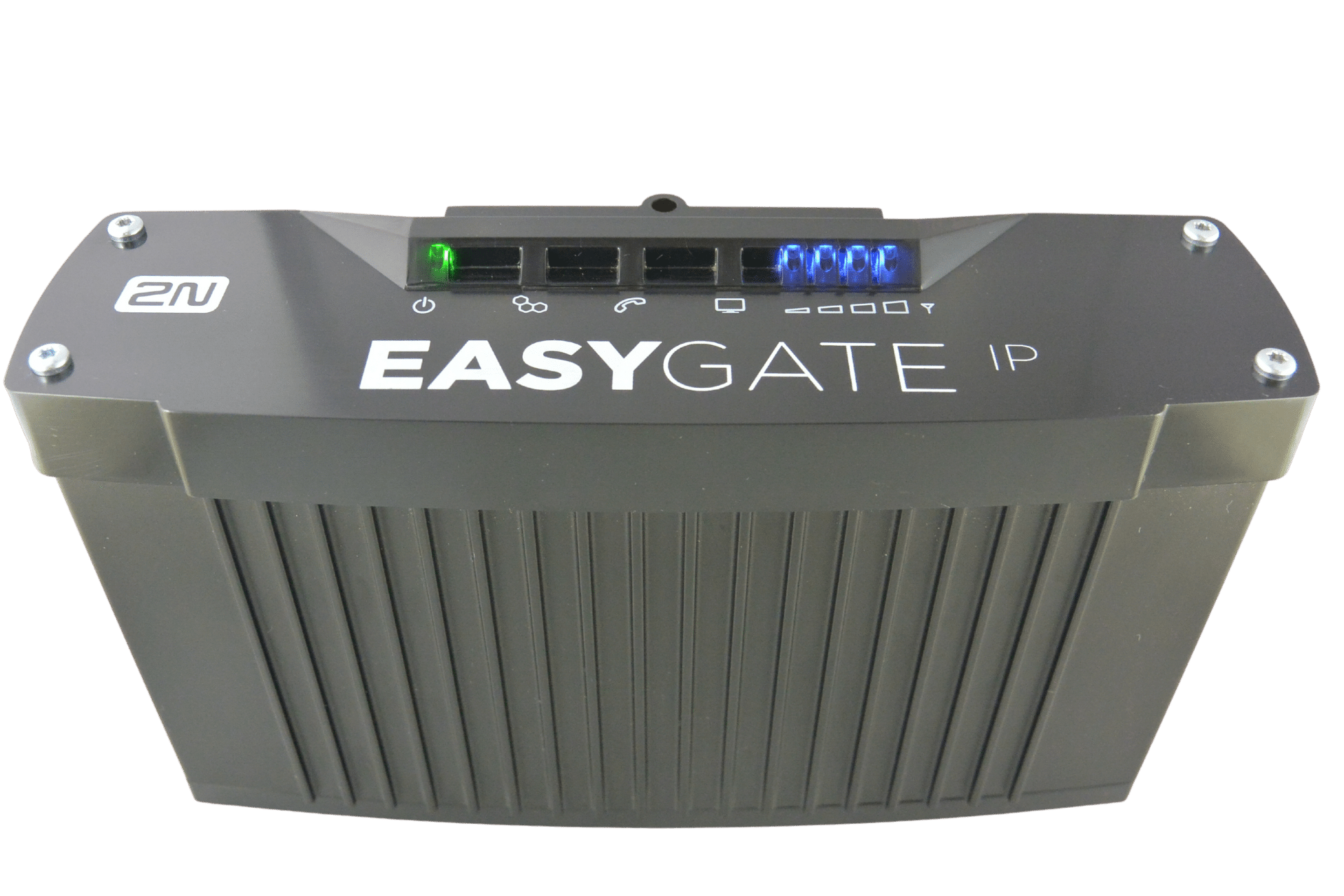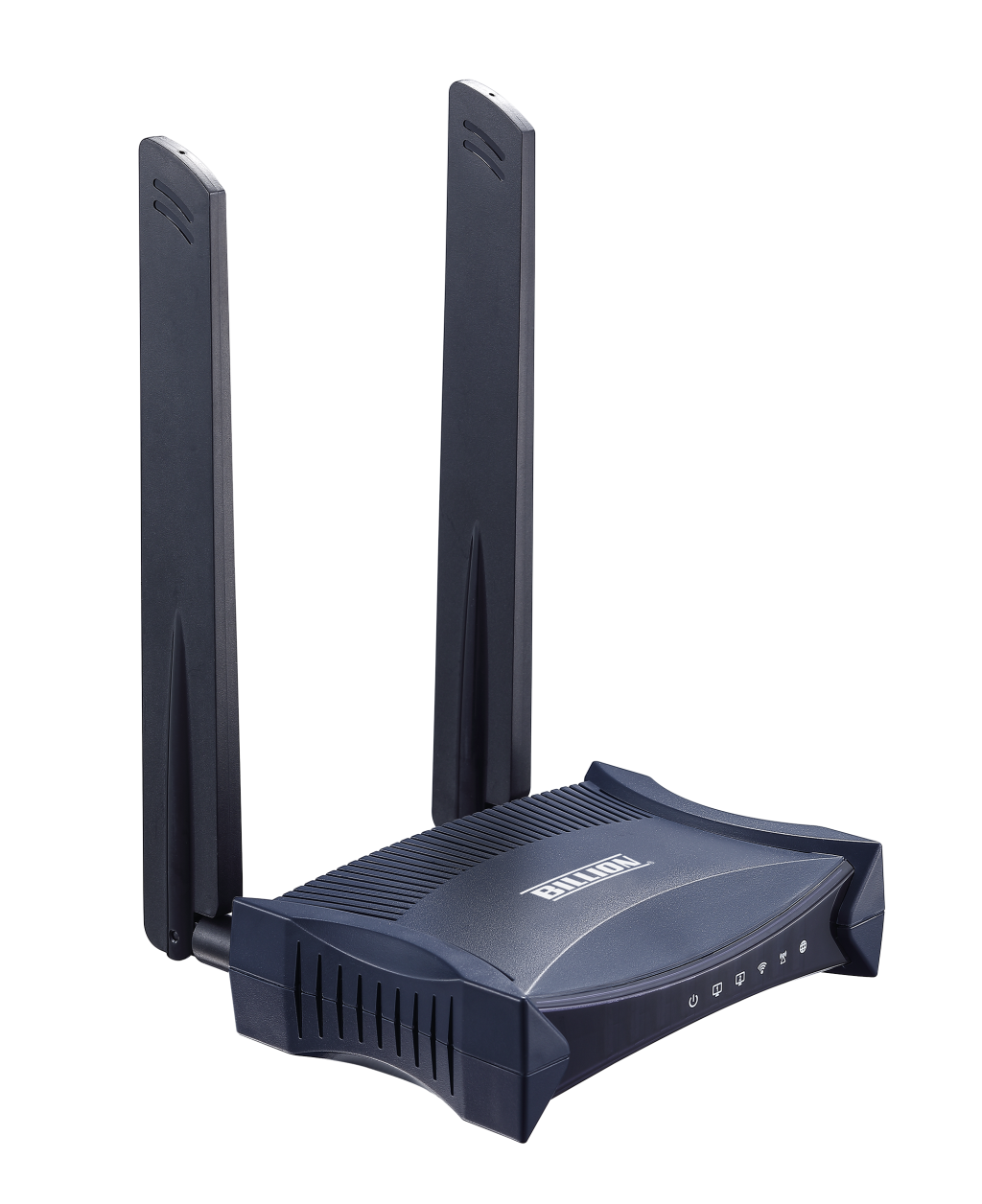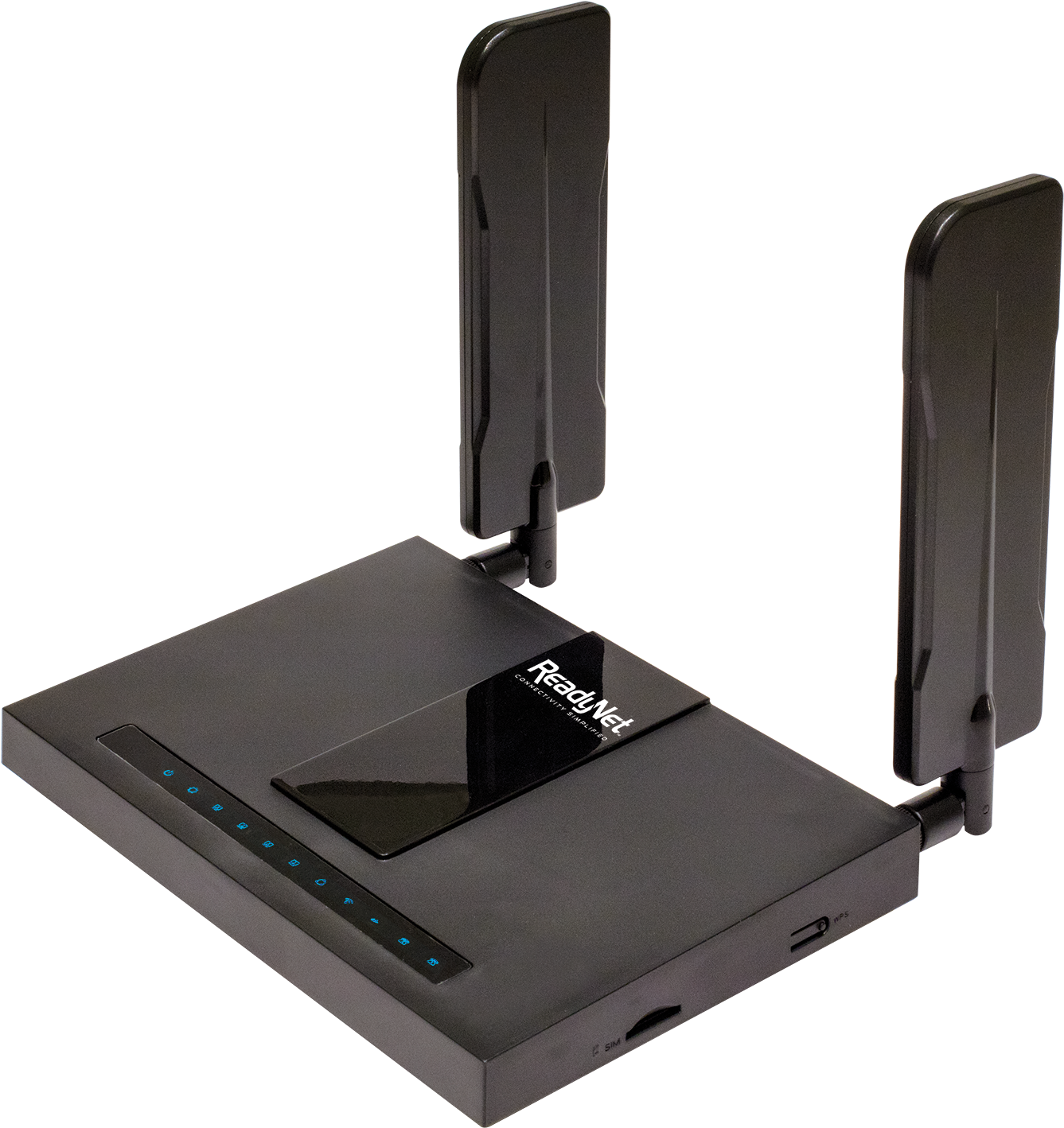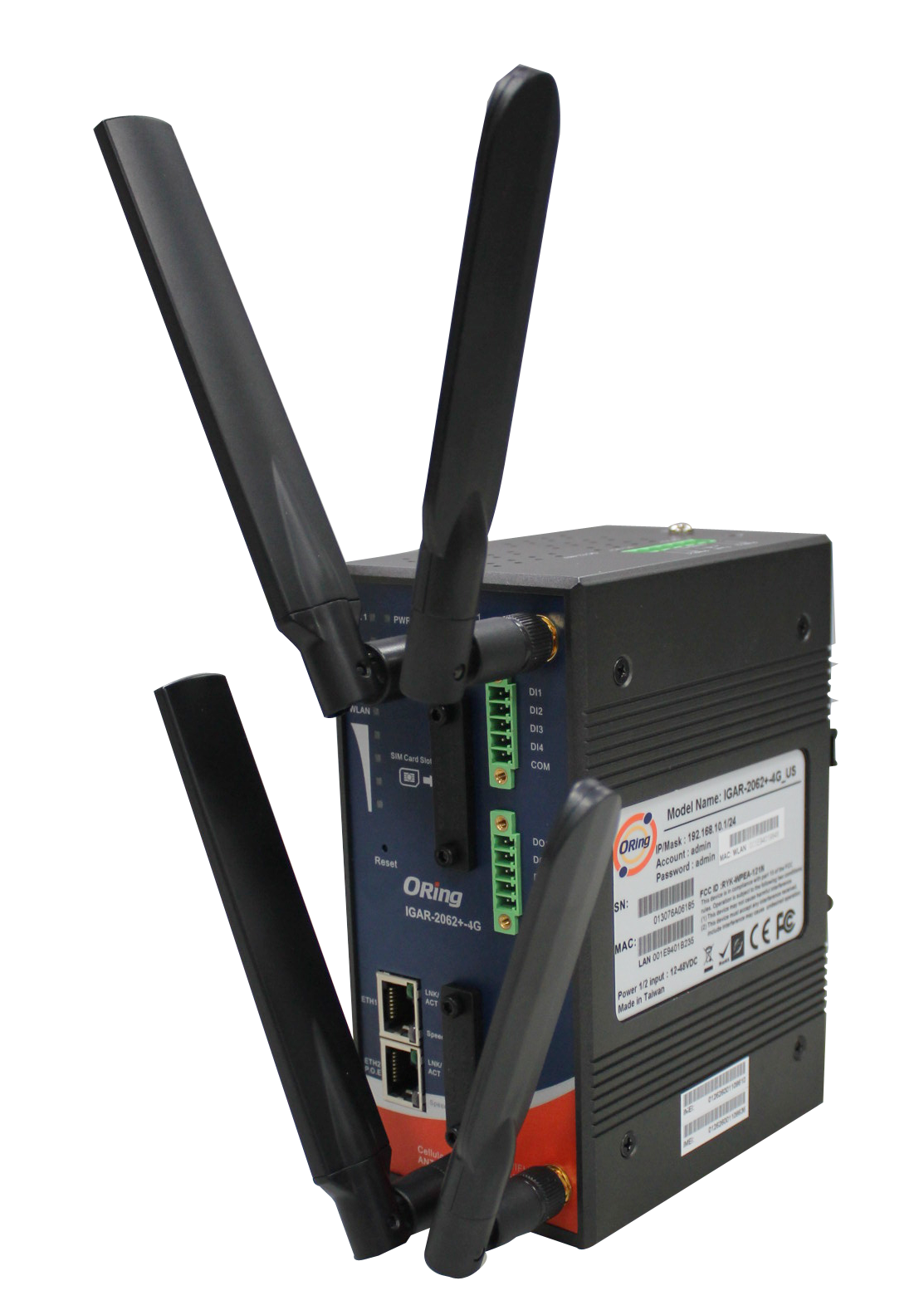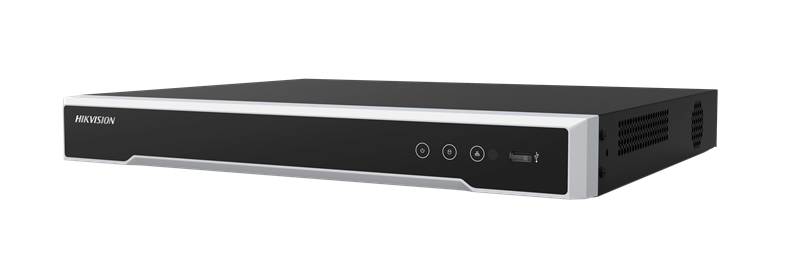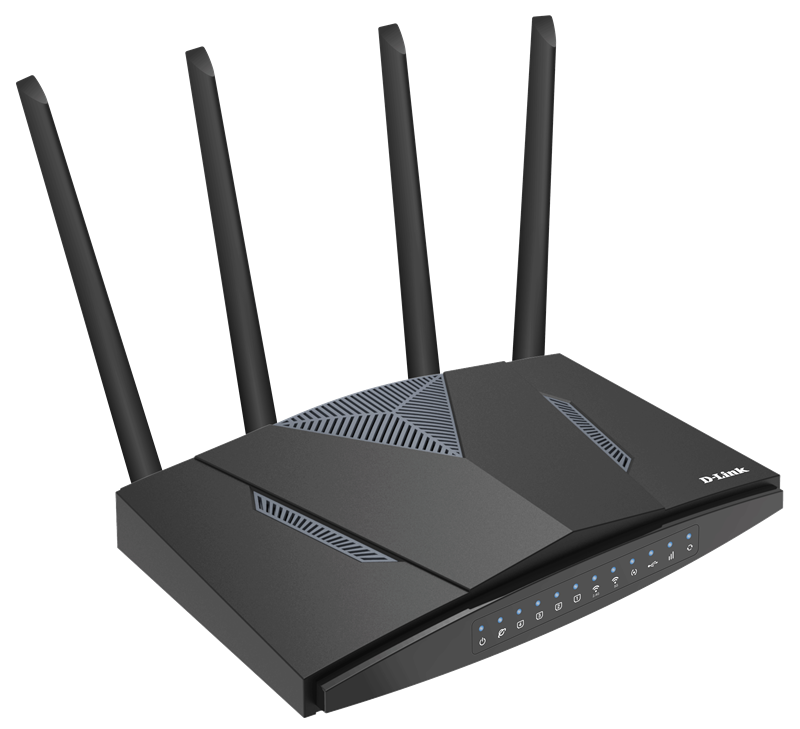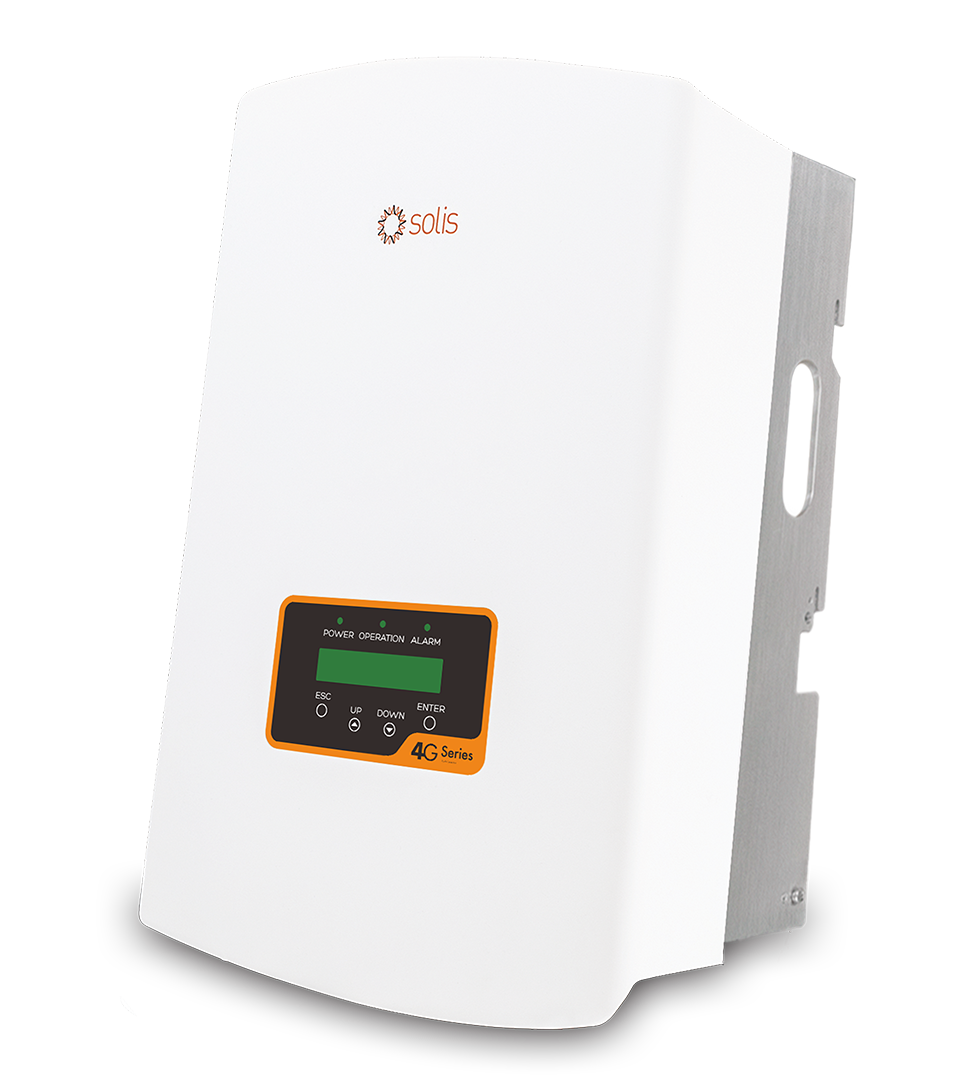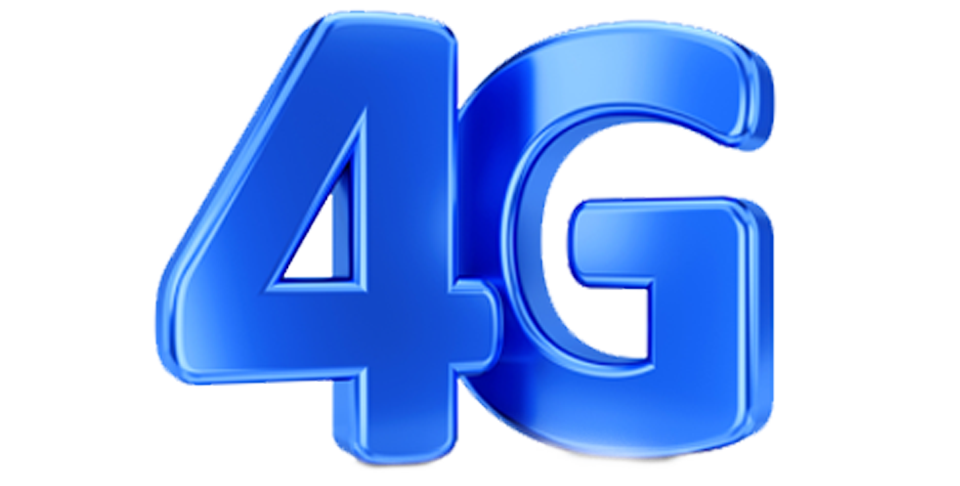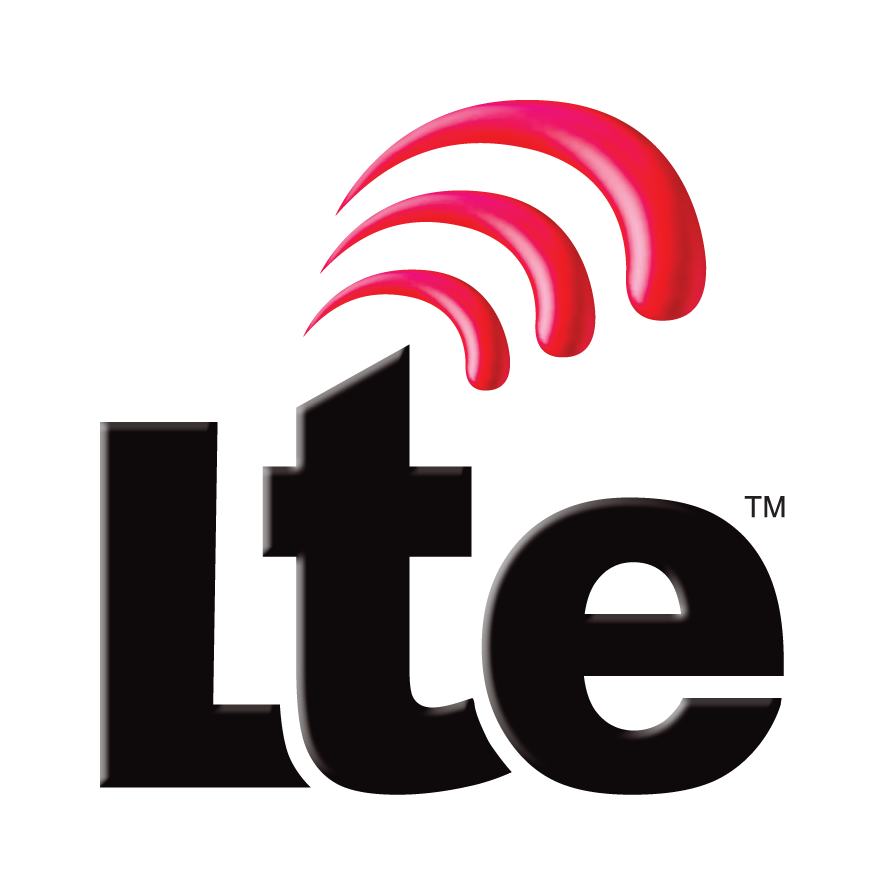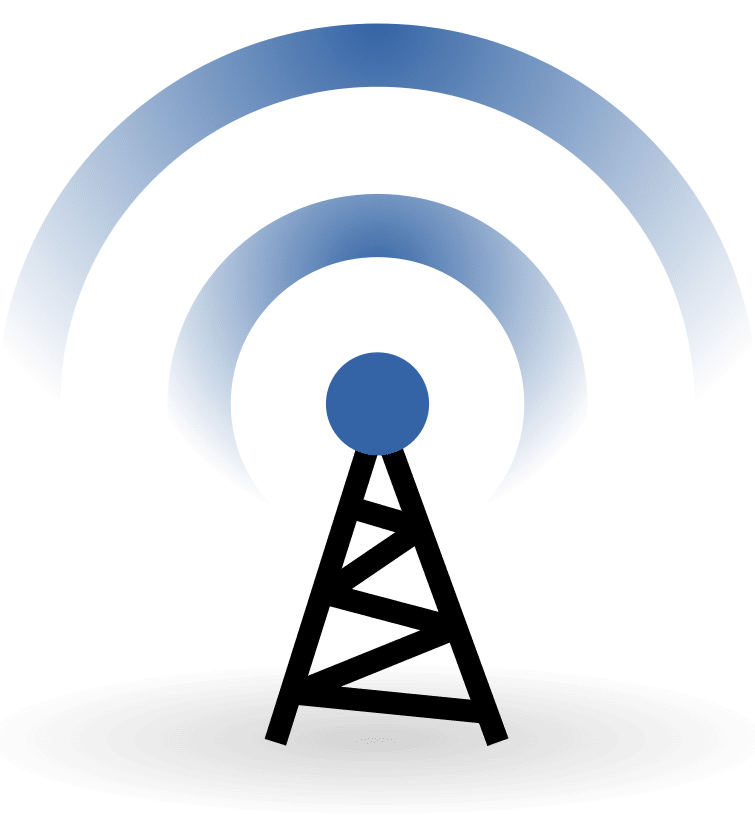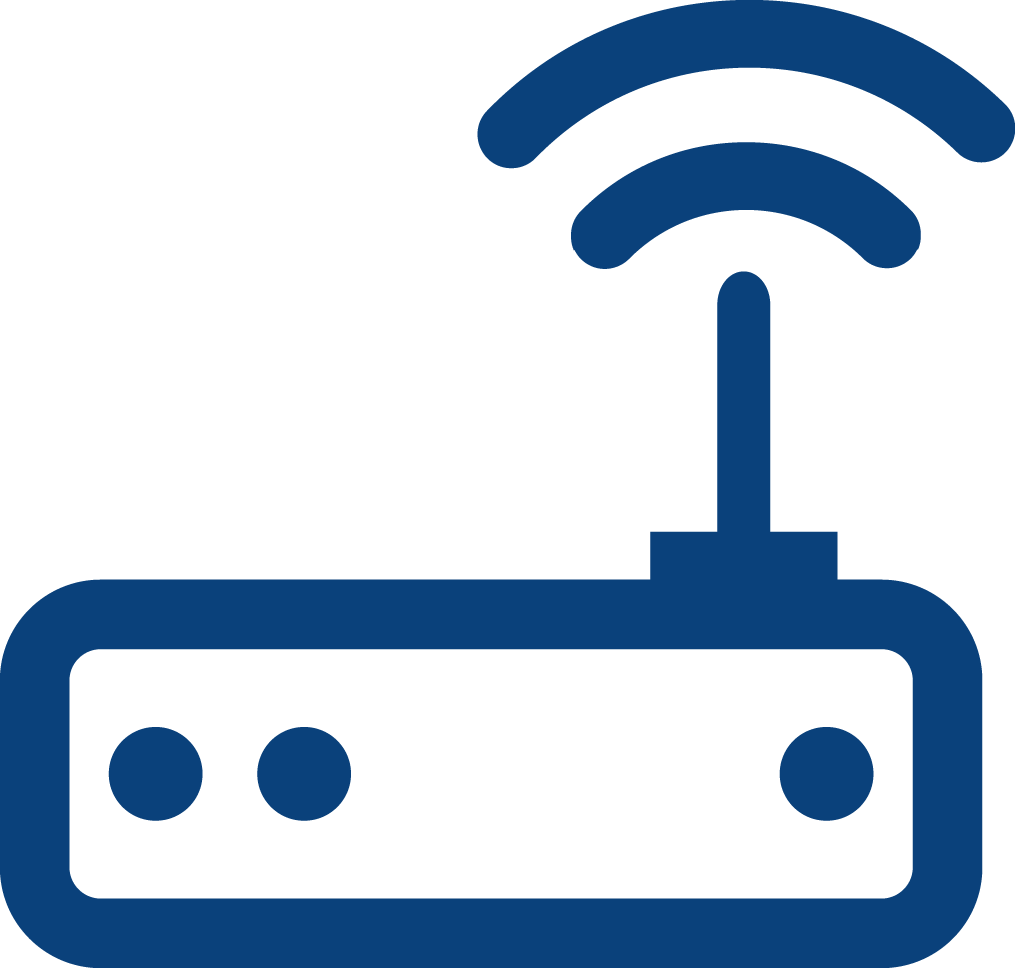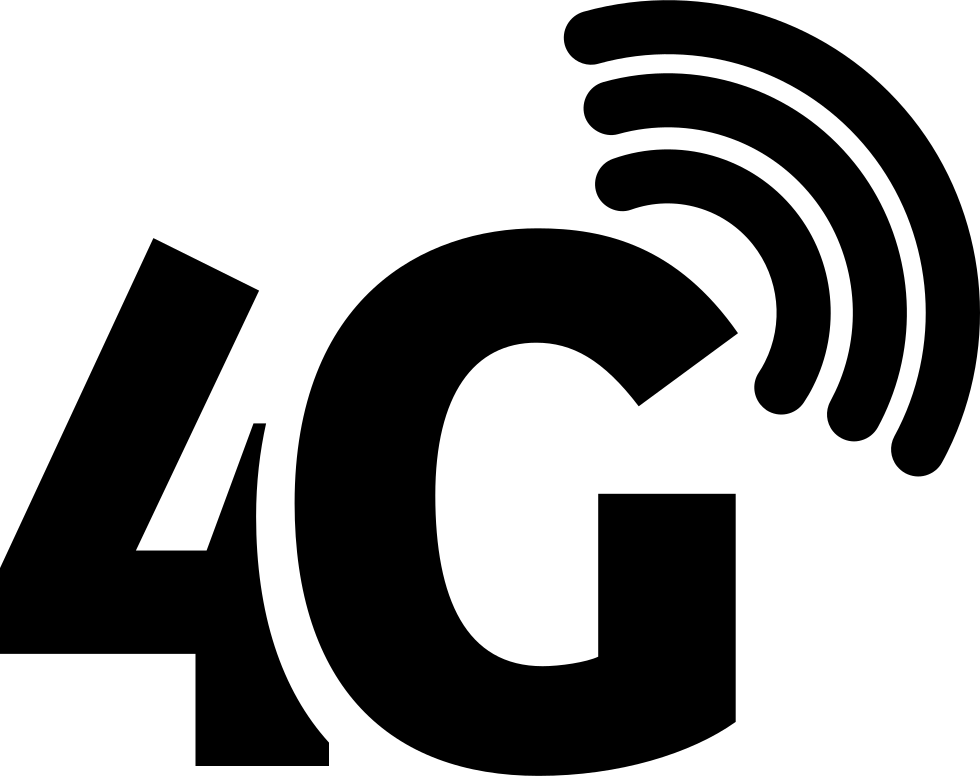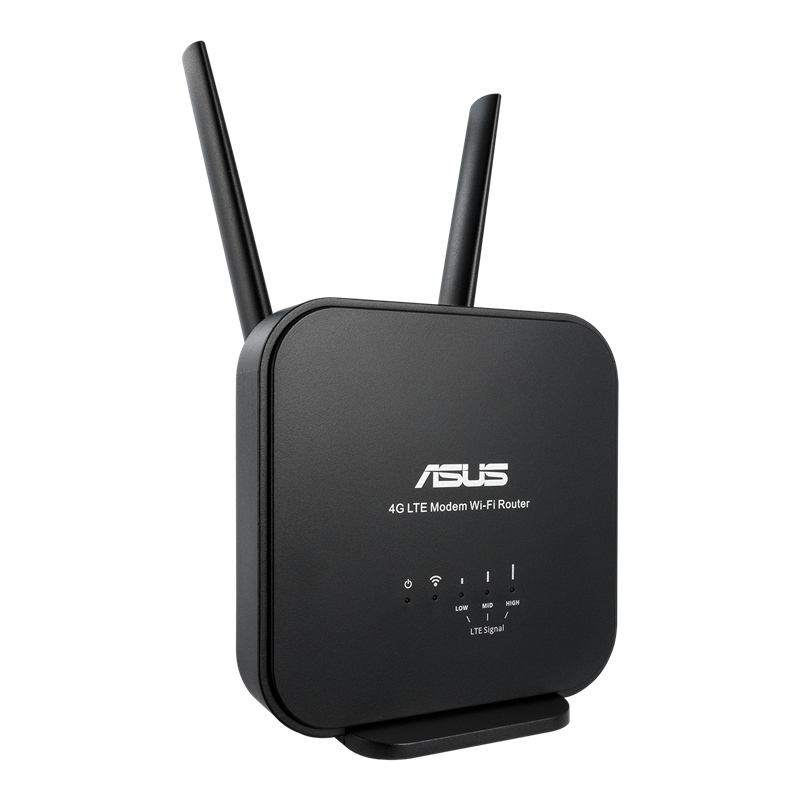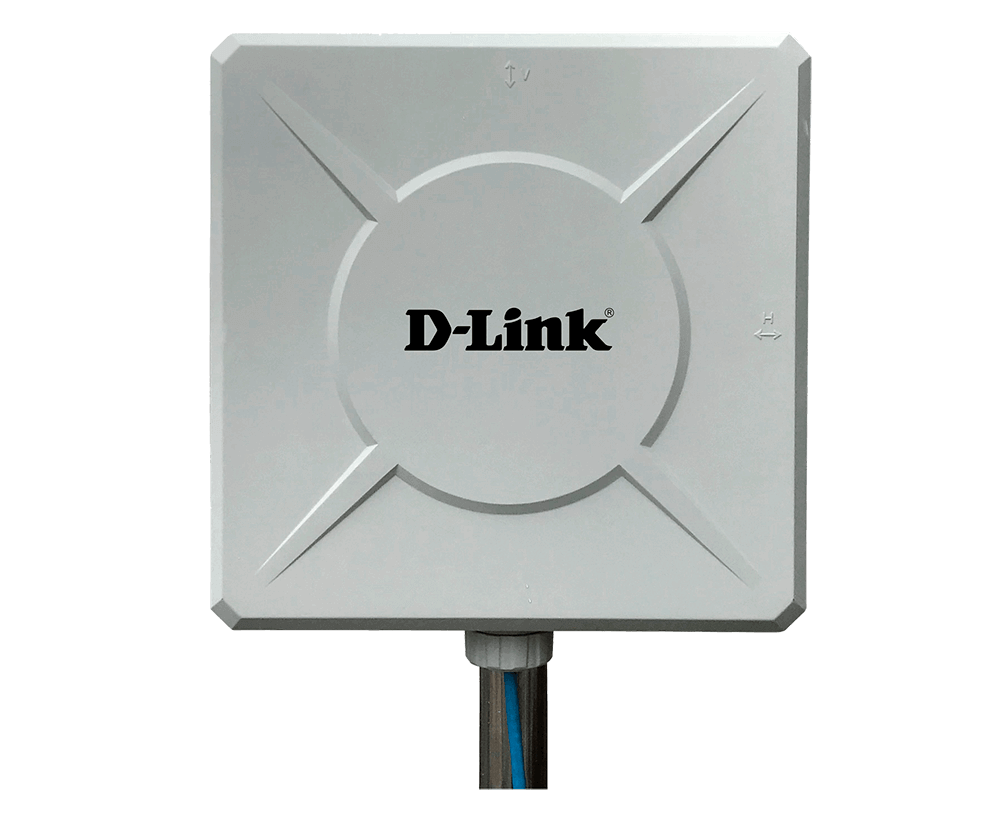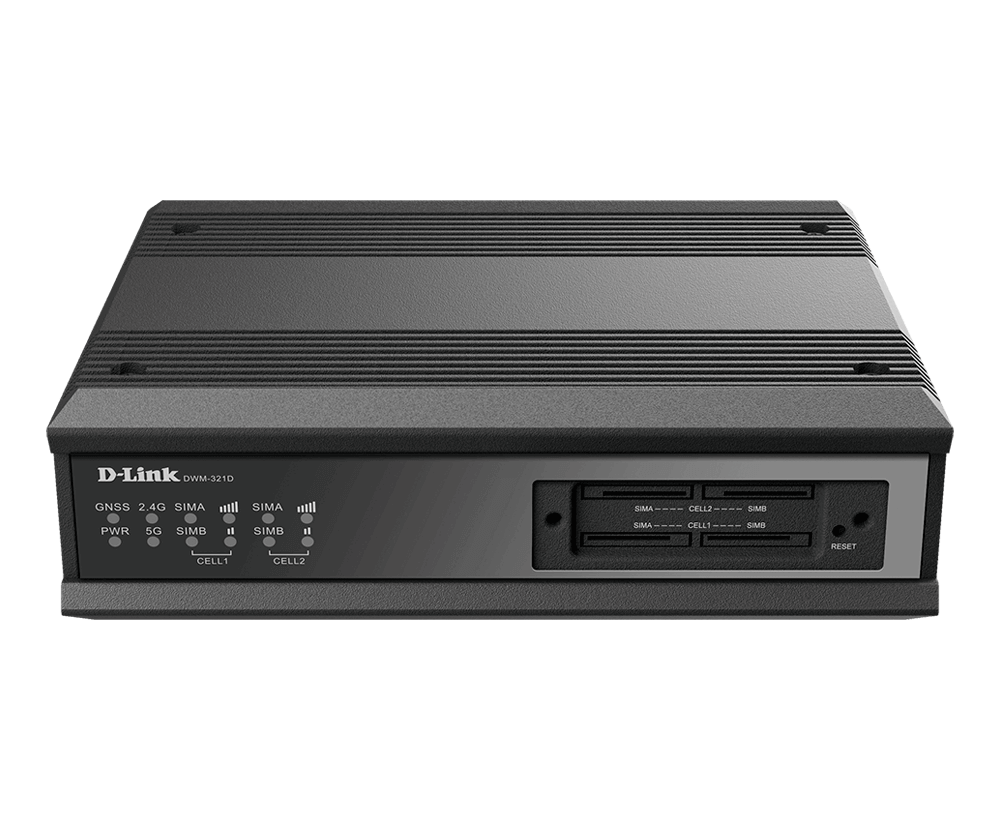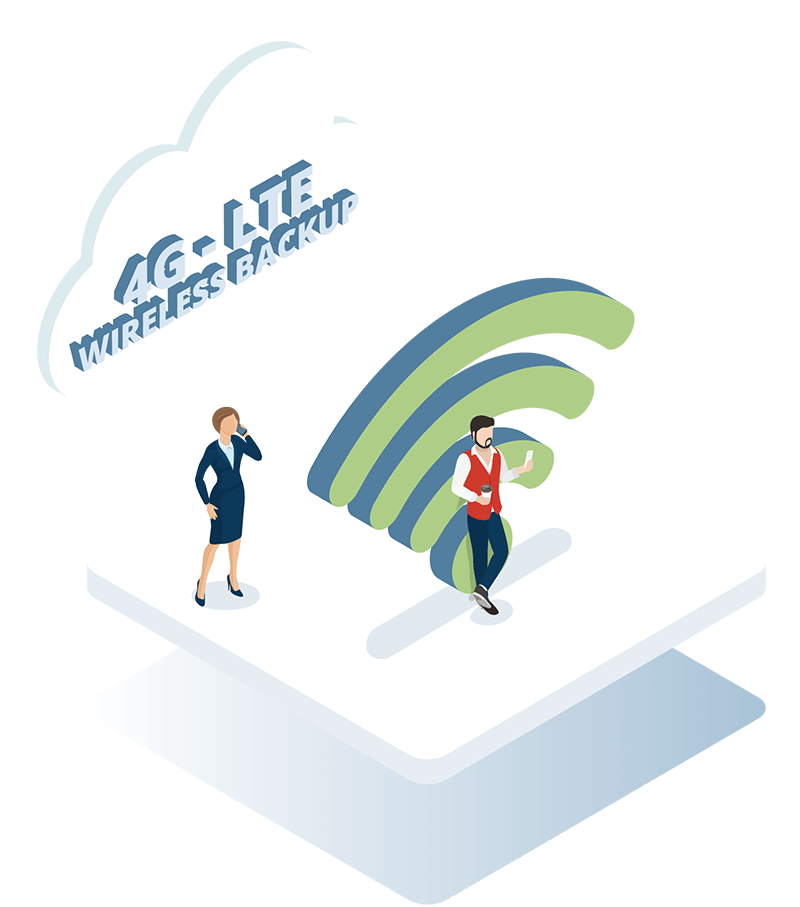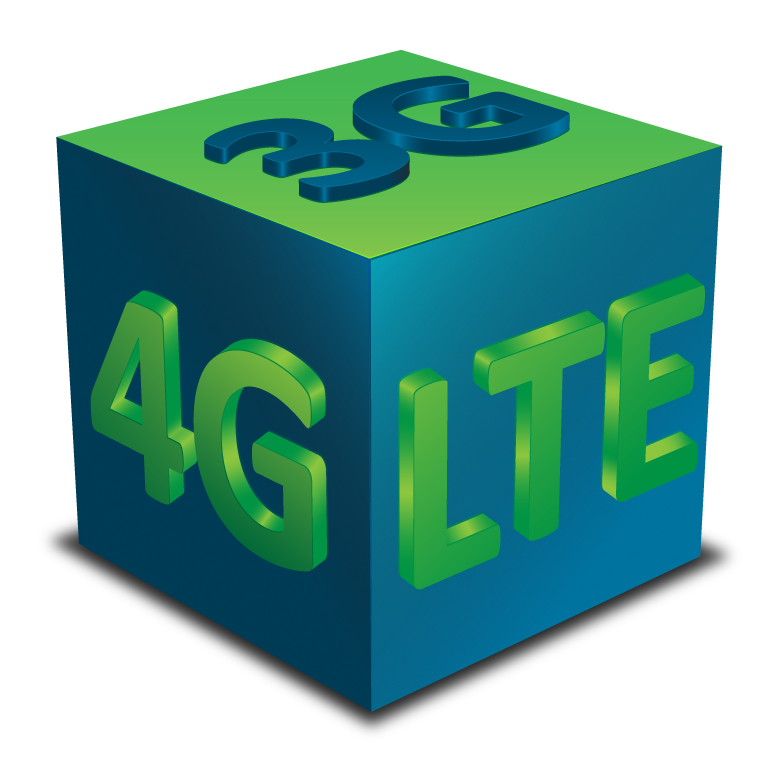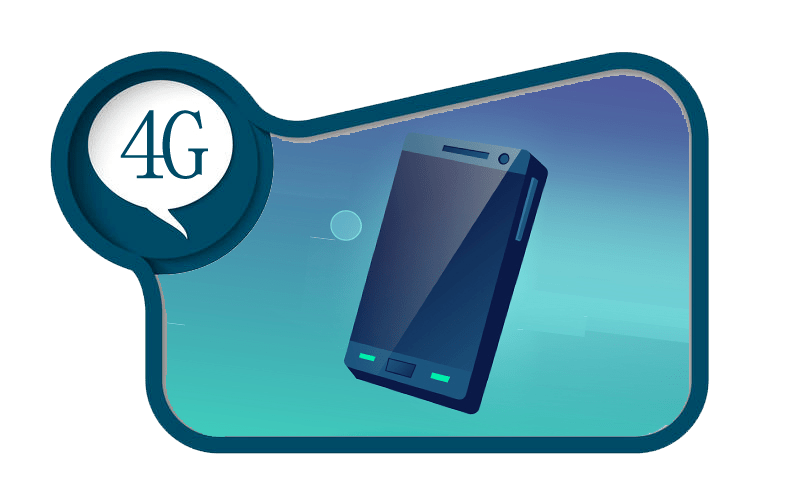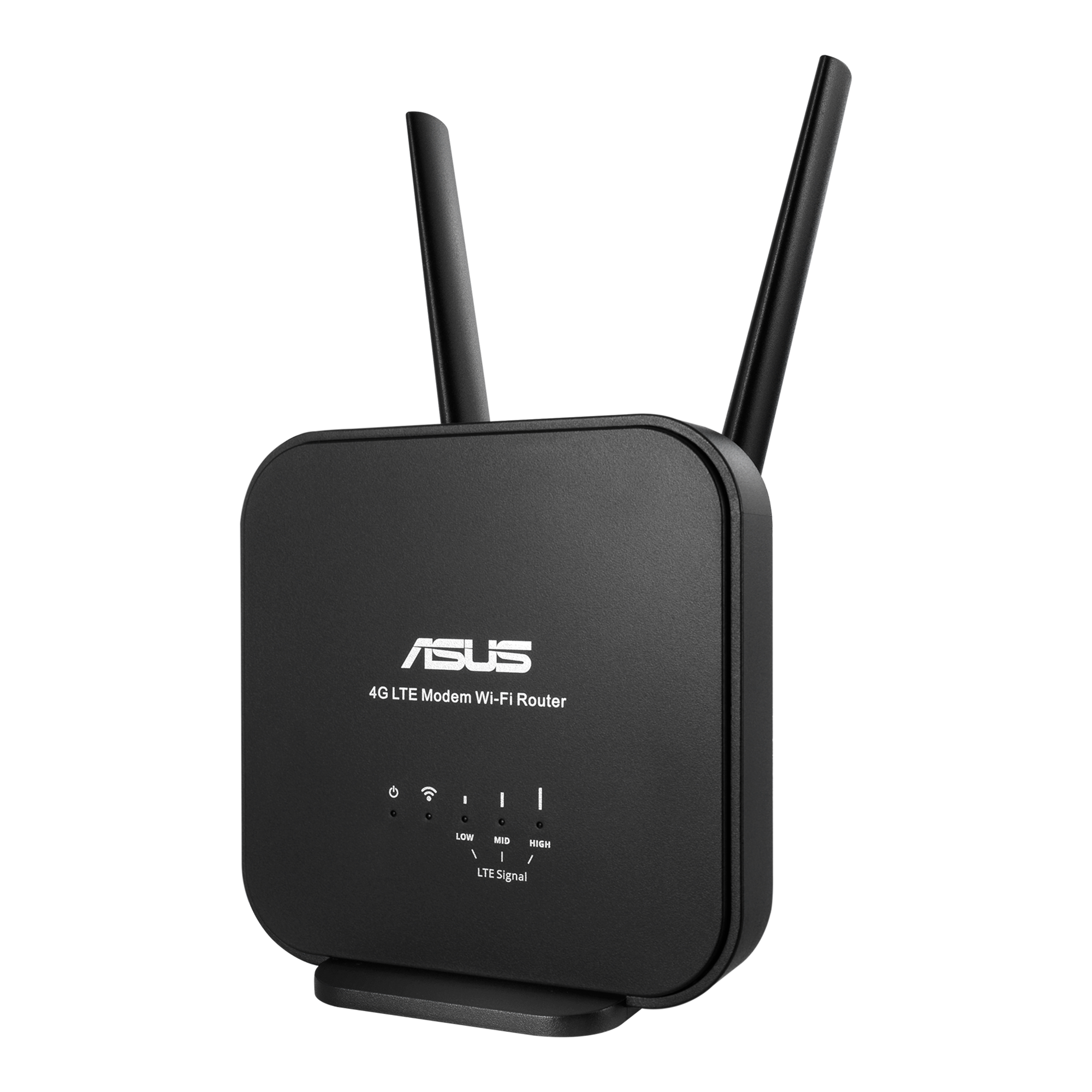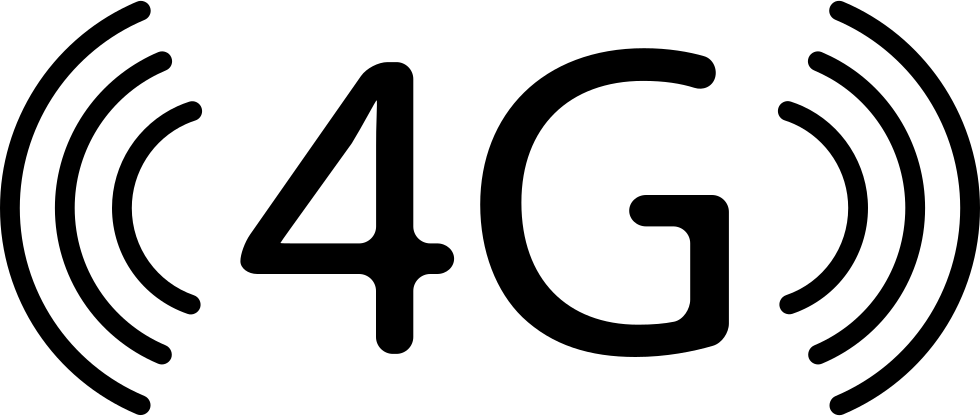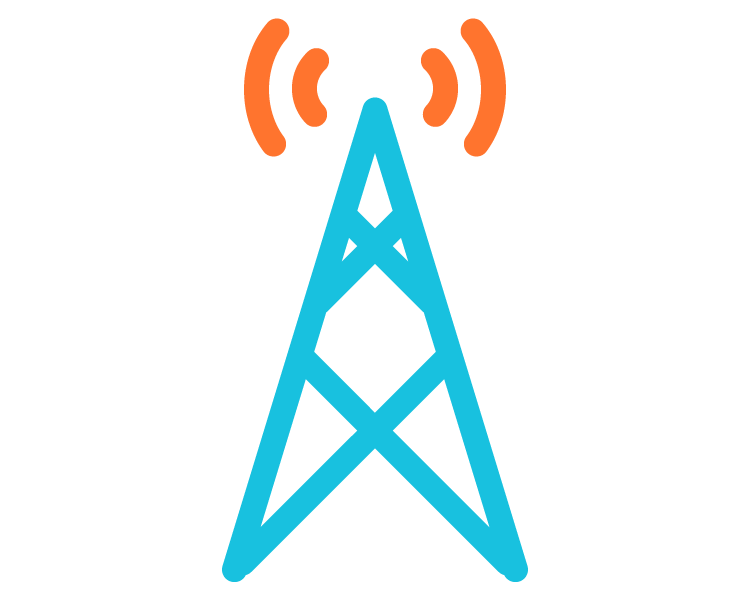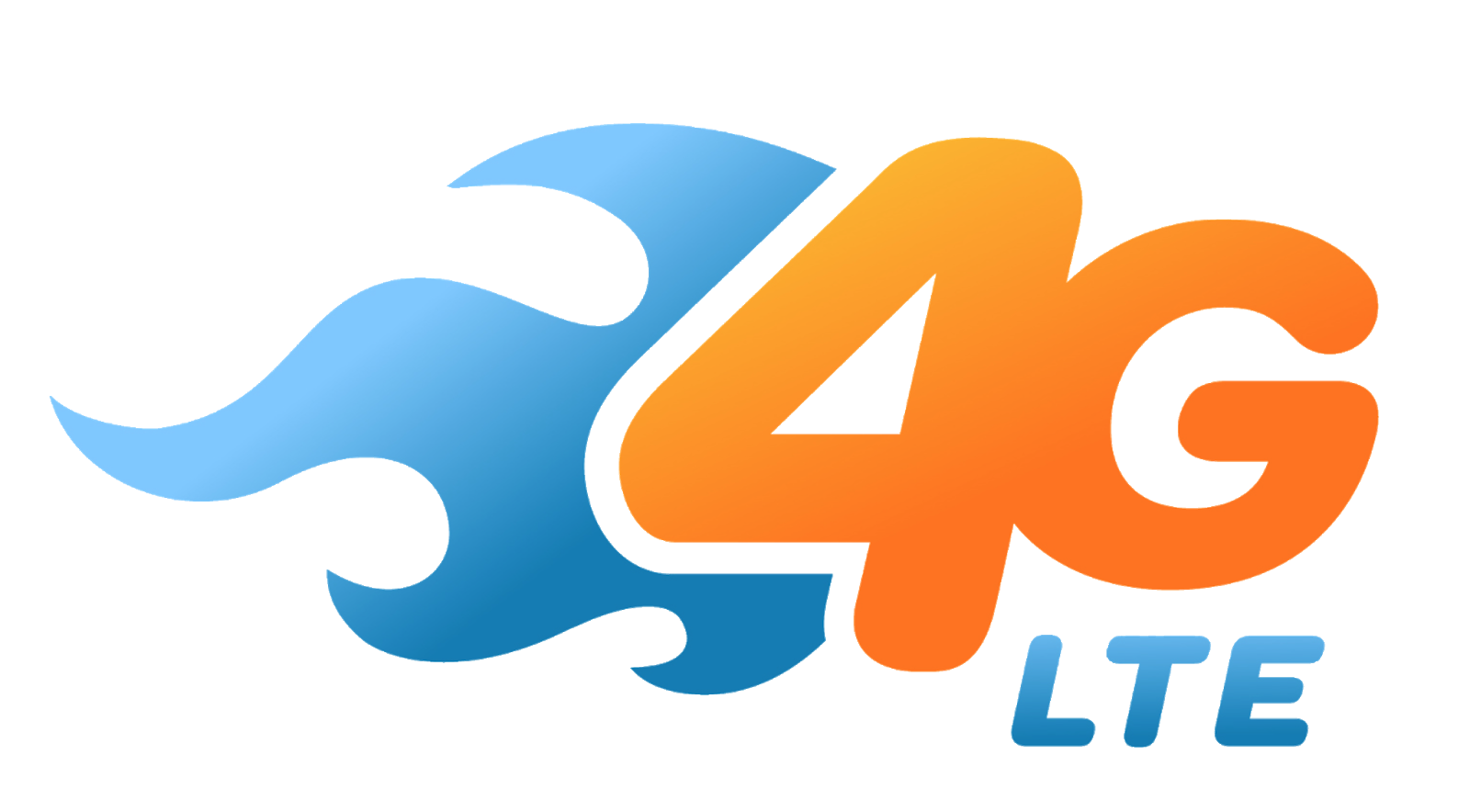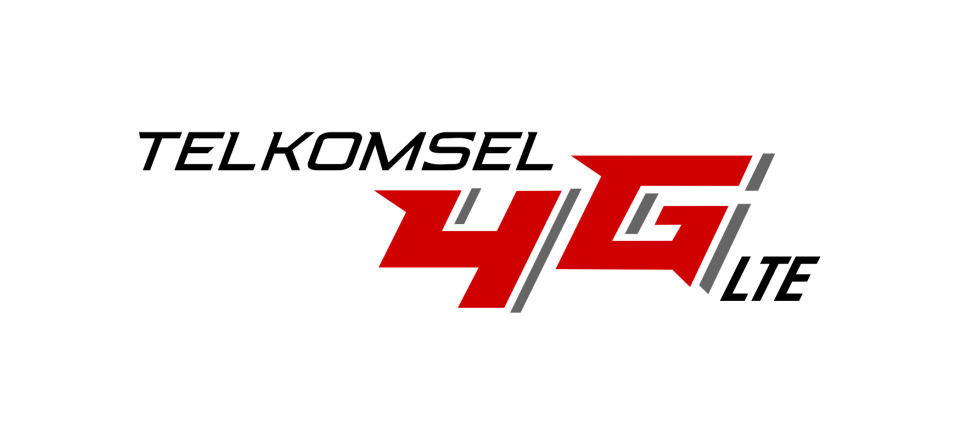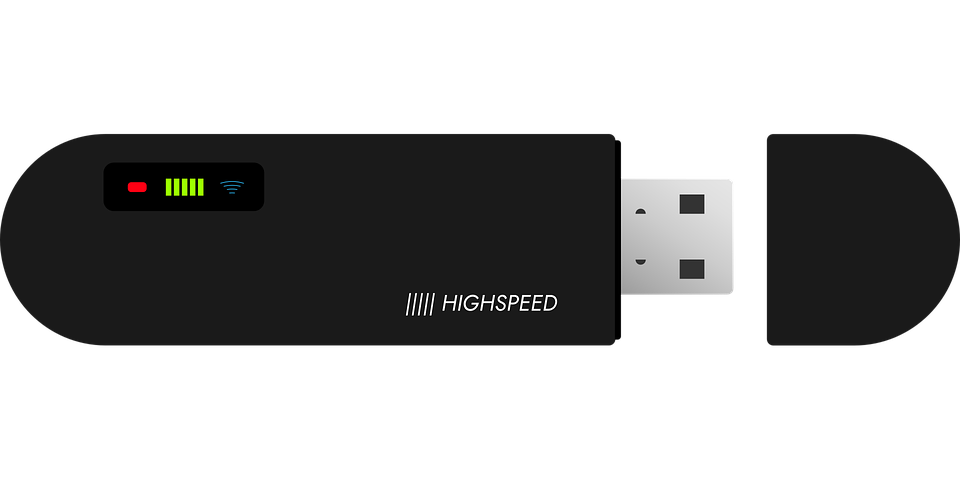Download top and best high-quality free 4G PNG Transparent Images backgrounds available in various sizes. To view the full PNG size resolution click on any of the below image thumbnail.
License Info: Creative Commons 4.0 BY-NC
Following 3G and before 5G, 4G is the fourth generation of broadband cellular network technology. A 4G system must support the ITU’s IMT Advanced capabilities. Modified mobile online access, IP telephony, gaming services, high-definition mobile TV, video conferencing, and 3D television are potential and existing uses.
The WiMAX standard was initially commercially implemented in South Korea in 2006, and it has subsequently been adopted in almost every country on the planet.
In 2009, the first commercial deployments of the Long Term Evolution (LTE) standard took place in Oslo, Norway, and Stockholm, Sweden, and it has since spread to almost every country in the world. However, whether first-release versions could be termed 4G LTE has been a point of contention.
The International Telecommunications Union-Radio Communications Sector (ITU-R) published the International Mobile Telecommunications Advanced (IMT-Advanced) specification in November 2008. They were setting peak speed requirements for 4G service at 100 megabits per second (Mbit/s) (=12.5 megabytes per second) for high mobility communication (such as from trains) (such as pedestrians and stationary users).
Mobile WiMAX and LTE are not IMT-Advanced compliant since the first-release versions offer significantly less than 1 Gbit/s peak bit rate. However, they are frequently labeled 4G by service providers. A generation of the network, according to operators, is the deployment of new non-backward-compatible technology. On December 6, 2010, the ITU-R recognized that these two technologies, as well as other beyond-3G technologies that do not meet the IMT-Advanced requirements, could be considered “4G”, if they are forerunners to IMT-Advanced compliant versions and provide “a significant level of improvement in performance and capabilities over the initial third-generation systems.
Mobile WiMAX Release 2 (also known as WirelessMAN-Advanced or IEEE 802.16m) and LTE Advanced (LTE-A) are backward compatible IMT-Advanced versions of the two technologies above, standardized in the spring of 2011 and offering speeds of up to 1 Gbit/s. In 2013, services were expected.
In contrast to previous generations, a 4G system does not allow traditional circuit-switched telephone, instead of relying on all-IP-based communication, such as IP telephony. As shown below, all 4G candidate systems abandon spread spectrum radio technology in favor of OFDMA multi-carrier transmission and other frequency-domain equalization (FDE) schemes, allowing very high bit rates to be transmitted despite extensive multi-path radio propagation (echoes). Smart antenna arrays for multiple-input multiple-output (MIMO) communications enhance the peak data rate even further.
A “generation” in mobile communications refers to a change in the service’s fundamental nature, non-backward-compatible transmission technology, higher peak bit rates, new frequency bands, wider channel frequency bandwidth in Hertz, and higher capacity for multiple simultaneous data transfers (higher system spectral efficiency in bit/second/Hertz/site).
Download 4G PNG images transparent gallery.
- 4G PNG Picture
Resolution: 1920 × 1280
Size: 843 KB
Image Format: .png
Download
- 4G PNG Free Image
Resolution: 1024 × 1256
Size: 772 KB
Image Format: .png
Download
- 4G Router
Resolution: 1337 × 1418
Size: 1608 KB
Image Format: .png
Download
- 4G Router PNG
Resolution: 1113 × 1578
Size: 1050 KB
Image Format: .png
Download
- 4G Router PNG Image
Resolution: 6000 × 2001
Size: 53 KB
Image Format: .png
Download
- 4G Router Transparent
Resolution: 5851 × 5333
Size: 225 KB
Image Format: .png
Download
- 4G
Resolution: 972 × 1080
Size: 734 KB
Image Format: .png
Download
- 4G Logo
Resolution: 960 × 486
Size: 232 KB
Image Format: .png
Download
- 4G PNG File
Resolution: 885 × 895
Size: 109 KB
Image Format: .png
Download
- 4G PNG HD Image
Resolution: 1130 × 599
Size: 49 KB
Image Format: .png
Download
- 4G Tower
Resolution: 755 × 818
Size: 34 KB
Image Format: .png
Download
- 4G Router PNG Clipart
Resolution: 1015 × 968
Size: 17 KB
Image Format: .png
Download
- 4G Logo PNG
Resolution: 980 × 776
Size: 30 KB
Image Format: .png
Download
- 4G PNG Pic
Resolution: 1199 × 383
Size: 25 KB
Image Format: .png
Download
- 4G Router PNG Free Download
Resolution: 2000 × 2000
Size: 348 KB
Image Format: .png
Download
- 4G Router PNG Picture
Resolution: 1000 × 820
Size: 126 KB
Image Format: .png
Download
- 4G Router PNG Free Image
Resolution: 1000 × 820
Size: 148 KB
Image Format: .png
Download
- 4G PNG Download Image
Resolution: 800 × 907
Size: 37 KB
Image Format: .png
Download
- 4G PNG High Quality Image
Resolution: 780 × 776
Size: 242 KB
Image Format: .png
Download
- 4G PNG Images
Resolution: 800 × 480
Size: 62 KB
Image Format: .png
Download
- 4G PNG Image File
Resolution: 720 × 720
Size: 7 KB
Image Format: .png
Download
- 4G PNG Photo
Resolution: 2000 × 2000
Size: 1545 KB
Image Format: .png
Download
- 4G Logo PNG Image
Resolution: 980 × 416
Size: 29 KB
Image Format: .png
Download
- 4G Tower PNG
Resolution: 750 × 600
Size: 10 KB
Image Format: .png
Download
- 4G PNG
Resolution: 1489 × 1489
Size: 29 KB
Image Format: .png
Download
- 4G PNG Image
Resolution: 1600 × 884
Size: 269 KB
Image Format: .png
Download
- 4G Transparent
Resolution: 830 × 675
Size: 16 KB
Image Format: .png
Download
- 4G PNG Clipart
Resolution: 960 × 448
Size: 43 KB
Image Format: .png
Download
- 4G PNG Free Download
Resolution: 960 × 480
Size: 22 KB
Image Format: .png
Download
